Il ne fait aucun doute que la durabilité transforme l’économie mondiale. La diminution des ressources planétaires, le changement climatique, la division sociale et économique, l’évolution des préférences des consommateurs, l’activisme des employés, l’augmentation des réglementations et la baisse de la confiance institutionnelle conduisent tous à ce que les organisations soient de plus en plus mesurées en fonction de leur objectif ainsi que du profit. Et c’est bon pour les affaires.
Agir de manière socialement responsable renforce la réputation de la marque d’une organisation. Les demandeurs d’emploi et les consommateurs veulent aujourd’hui soutenir les organisations qui défendent quelque chose d’important et qui ont un impact positif sur la société dans son ensemble. Les investisseurs mettentdavantage l’accent sur les objectifs de développement durable en mettant davantage l’accent sur l’impact social. Les droits de l’homme et les réglementations environnementales se multiplient rapidement. Tout cela exige une approche plus durable de la part des PDG et des chefs d’entreprise.
Les gens, la planète et la prospérité
Lorsque vous entendez le mot durabilité, la première chose à laquelle vous pensez peut-être est le recyclage ou la durabilité environnementale, mais la durabilité va bien au-delà de l’élimination des bouteilles d’eau à usage unique et de la réduction de la consommation de combustibles fossiles. Une approche holistique de la durabilité intègre la durabilité sociale, environnementale et économique – ou les personnes, la planète et la prospérité.
Les organisations reconnaissent de plus en plus la nécessité de se concentrer autant sur la durabilité sociale, ou sur les personnes, qu’elles l’ont été sur la durabilité économique et environnementale – les trois ensemble soutiennent et stimulent la durabilité de l’entreprise. Les gens constituent la société, ont un impact sur l’environnement et alimentent l’économie. Les gens sont au cœur de toute stratégie visant à progresser vers les objectifs de développement durable. Dans le milieu de travail d’aujourd’hui, les RH ont à la fois la possibilité et la responsabilité de veiller à ce que les employées soient au centre du travail en créant un environnement dans lequel la main-d’œuvre et l’organisation peuvent s’épanouir.
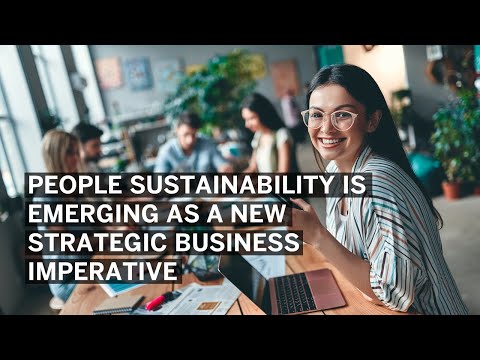
Définir la durabilité sociale
La durabilité sociale se concentre sur le traitement de ces dernières – celles qui font partie de la main-d’œuvre d’une organisation, à travers leurs chaînes d’approvisionnement et dans les communautés dans lesquelles elles opèrent – de manière éthique et équitable.
Tout comme la durabilité environnementale et économique qui nécessitent une préservation et une utilisation prudentes des ressources naturelles et financières, la durabilité sociale nécessite de traiter les personnes et le potentiel humain comme des ressources précieuses qui doivent être soutenues et valorisées pour favoriser la résilience, l’agilité et la réalisation des objectifs de durabilité.
Les entreprises qui accordent la priorité à la durabilité sociale, en créant un impact social et en créant une culture plus diversifiée et inclusive, sont en mesure de stimuler l’engagement et la productivité des employés. Ils sont également mieux placés pour attirer et retenir les talents. Penny Stoker, leader mondial des talents chez EY, explique comment la durabilité sociale est au cœur de la construction d’un monde du travail meilleur.
Déballer les six piliers de la durabilité sociale
L’équipe SAP SuccessFactors HR Research a identifié six domaines distincts, ou piliers, qui comprennent la durabilité sociale. Bien que les domaines soient distincts, il est également clair qu’il existe un chevauchement entre ces piliers. Au centre de tout cela, bien sûr, se trouve la culture – car elle dicte tant de comportements à la fois à l’intérieur et à l’extérieur d’une organisation. Découvrons un peu ces domaines dans le contexte des processus RH et des ressources humaines.
Santé et sécurité
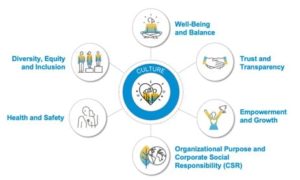
Au minimum, vous devez vous assurer que la main-d’œuvre est à l’abri des risques physiques pour la santé et la sécurité et a accès aux nécessités de base. Votre processus d’intégration offre-t-il aux nouvelles recrues une formation et un équipement de sécurité appropriés dès le premier jour ? Avez-vous une visibilité sur l’ensemble de vos effectifs, y compris leurs emplacements ? Savoir qui et où se trouve votre personnel à tout moment vous permet de réagir rapidement en temps de crise et de fournir un soutien en cas de besoin.
Diversité, équité et inclusion
Ici, l’accent est mis sur le traitement juste et équitable de chaque individu, quel que soit son groupe d’identité sociale ou son système de croyances, et sur la garantie qu’il ressent un véritable sentiment d’appartenance. Êtes-vous en mesure d’attirer et d’engager des demandeurs d’emploi d’horizons divers ? Avez-vous un processus de sélection et d’entretien standardisé ? Offrez-vous une transparence salariale ? Mesurez-vous et suivez-vous les objectifs de diversité, d’équité et d’inclusion ?
Bien-être et équilibre
Au-delà de la santé et de la sécurité de base, ce domaine vise à garantir que le bien-être holistique des employés – psychologique, social, financier et professionnel – est prioritaire et soutenu avec les outils et les ressources nécessaires. Offrez-vous un ensemble complet d’avantages sociaux avec des options intéressantes ? Vos employés se sentent-ils à l’aise de se mettre entièrement au travail ? Avez-vous favorisé une culture de dialogue continu entre les managers et leurs subordonnés ?
Confiance et transparence
Ici, l’accent est mis sur le fait que les employés ont une voix, comprennent comment les décisions clés qui les affectent sont prises et font confiance à leur organisation pour agir de manière éthique. Écoutez-vous régulièrement vos employés et agissez-vous en fonction des commentaires qu’ils fournissent ? Avez-vous établi des politiques et des processus pour l’utilisation éthique des technologies intelligentes et la confidentialité et la protection des données ? Publiez-vous publiquement des indicateurs de diversité ?
Autonomisation et croissance
Ici, les employés reçoivent la clarté, le soutien et les outils nécessaires pour développer leurs compétences et sont habilités à influencer leur trajectoire de carrière. Offrez-vous des options d’apprentissage inclusif pour répondre aux besoins et aux préférences d’apprentissage d’une main-d’œuvre diversifiée ? Assurez-vous que les managers fournissent des commentaires équitables et exploitables à leurs équipes ? Offrez-vous un accès équitable aux opportunités de développement ?
Objectif organisationnel et RSE
Dans ce dernier pilier, l’organisation travaille activement à redonner et à avoir un impact positif sur le monde ; les employés sont encouragés à participer et se sentent dynamisés par la mission et les valeurs de l’organisation. Assurez-vous que les objectifs individuels sont alignés sur les objectifs de l’entreprise pour accroître le sens du but et le sens du travail ? Offrez-vous à votre personnel l’espace nécessaire pour poursuivre ses passions ?
Que peuvent faire les organisations pour favoriser la durabilité sociale ?
Dans la plupart des organisations aujourd’hui, différentes parties de l’entreprise dirigent ces efforts avec une connaissance ou une collaboration minimale des stratégies des autres. Cependant, nous devons commencer quelque part. La première étape la plus logique est de comprendre où vous en êtes aujourd’hui. Avez-vous une stratégie unifiée – au moins sur certains de ces piliers ? Commencez les conversations et commencez à briser les silos organisationnels.
Donnez la priorité aux gens, et la planète et la prospérité suivront. C’est ce que signifie être une organisation résiliente, axée sur les résultats et axée sur les personnes. Une organisation non seulement équipé pour répondre aux besoins commerciaux d’aujourd’hui, mais qui s’adapte aux besoins commerciaux de demain.
Pour en savoir plus, regardez une rediffusion du discours d’ouverture de SuccessConnect, Libérez le pouvoir du potentiel humain et changez le travail pour de bon.
________________________________________________________________________________________
Kim Lessley est global director of Solution Marketing chez SAP SuccessFactors.
Mots-clés: Ressources Humaines,
The post Obtenir des résultats commerciaux clés grâce à la durabilité sociale appeared first on SAP France News.


 In this month’s collection of the best new fonts, we’re going to see some fonts that test the limits of weight, height, and gravity. We’re also going to see font families that merge unexpected styles with one another.
In this month’s collection of the best new fonts, we’re going to see some fonts that test the limits of weight, height, and gravity. We’re also going to see font families that merge unexpected styles with one another.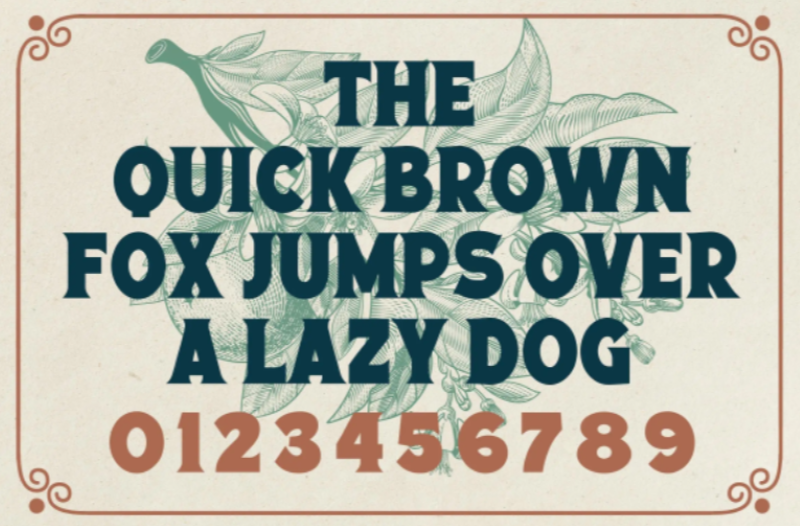




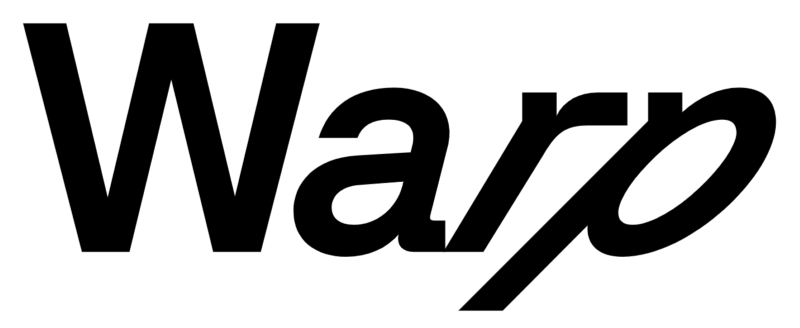

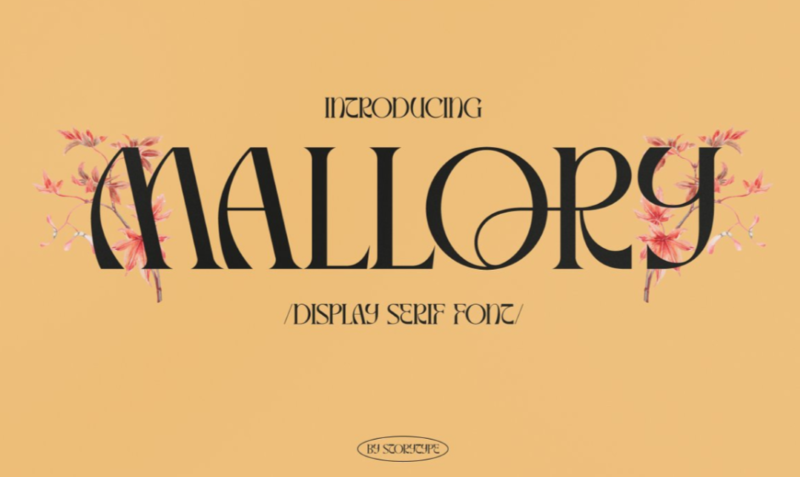

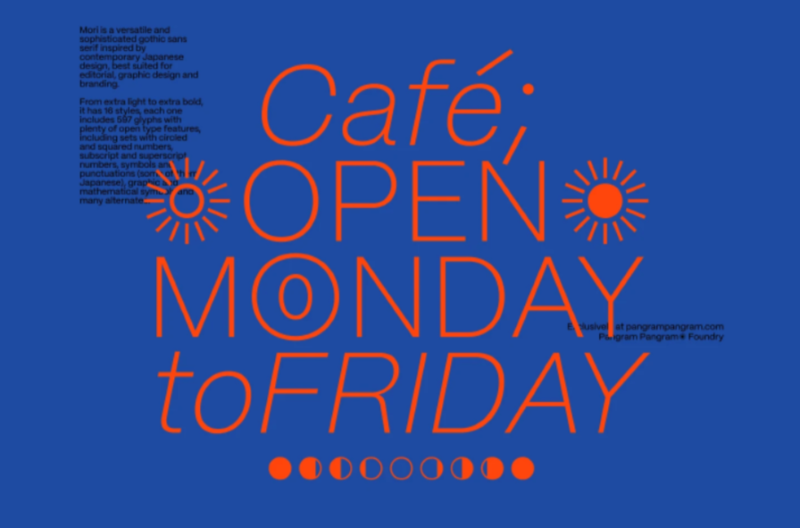
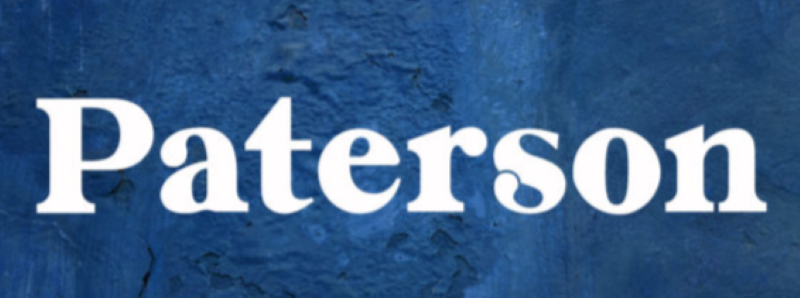




 When you hear the word “leadership,” do you think of a particular person?
When you hear the word “leadership,” do you think of a particular person?




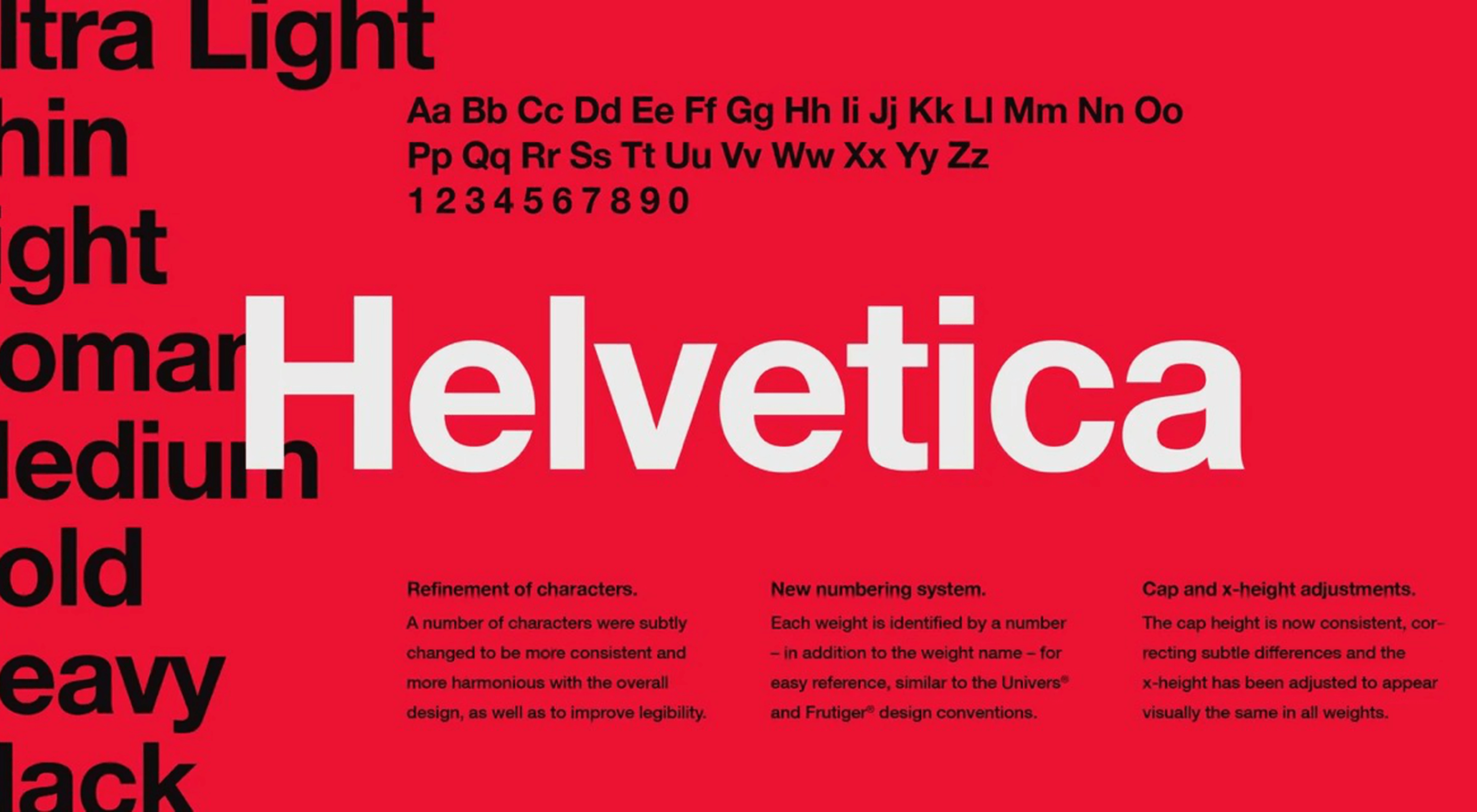 Few fonts in the world have become a part of the cultural landscape that they have an entire documentary film and a MOMA exhibition made about them. Helvetica, however, is different. It has been the go-to font for everyone from government agencies to hip pop-up shops whenever clean and modern text is called for. It has become so much a part of our daily lives that it has created a long list of detractors.
Few fonts in the world have become a part of the cultural landscape that they have an entire documentary film and a MOMA exhibition made about them. Helvetica, however, is different. It has been the go-to font for everyone from government agencies to hip pop-up shops whenever clean and modern text is called for. It has become so much a part of our daily lives that it has created a long list of detractors. 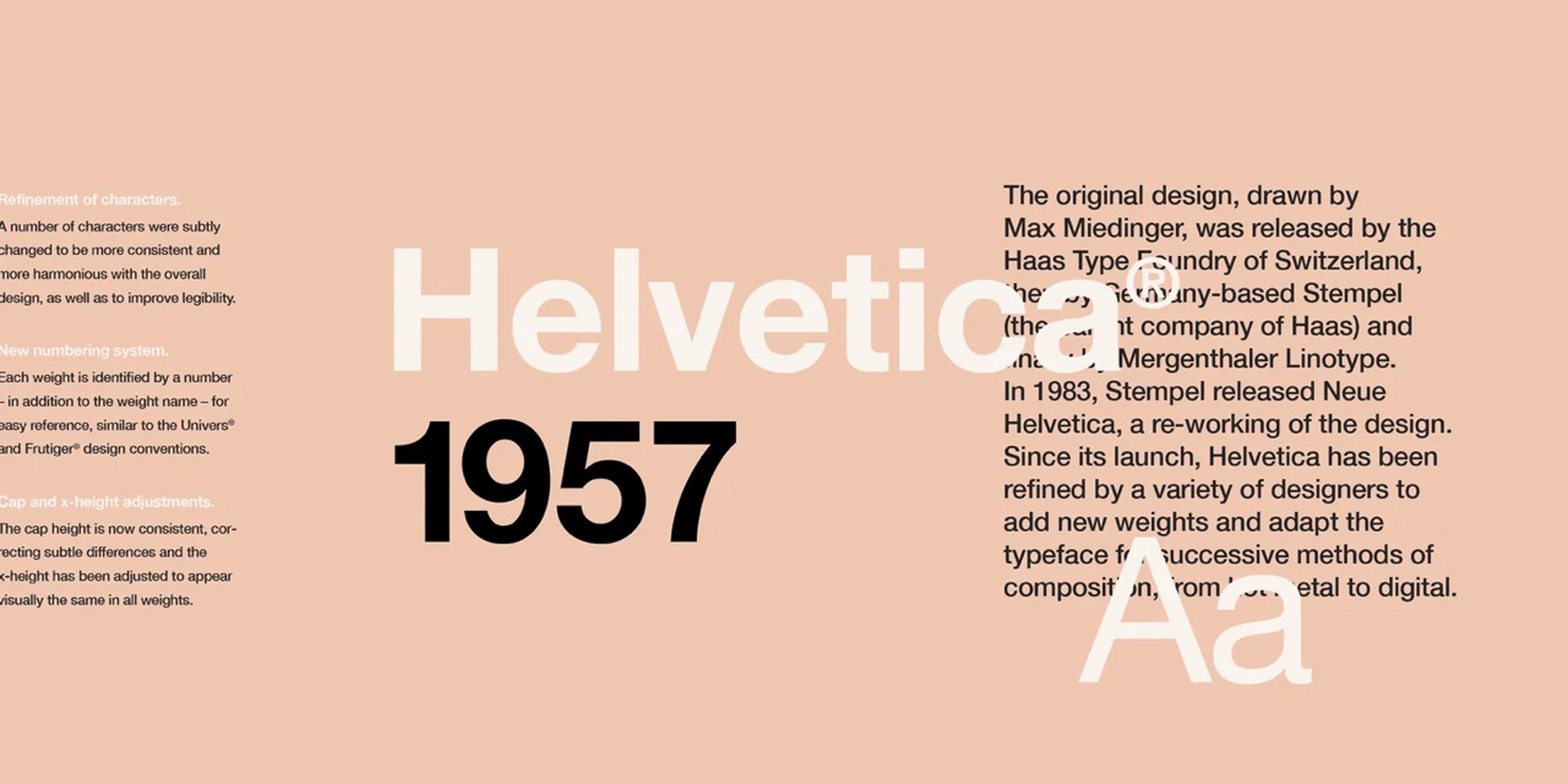
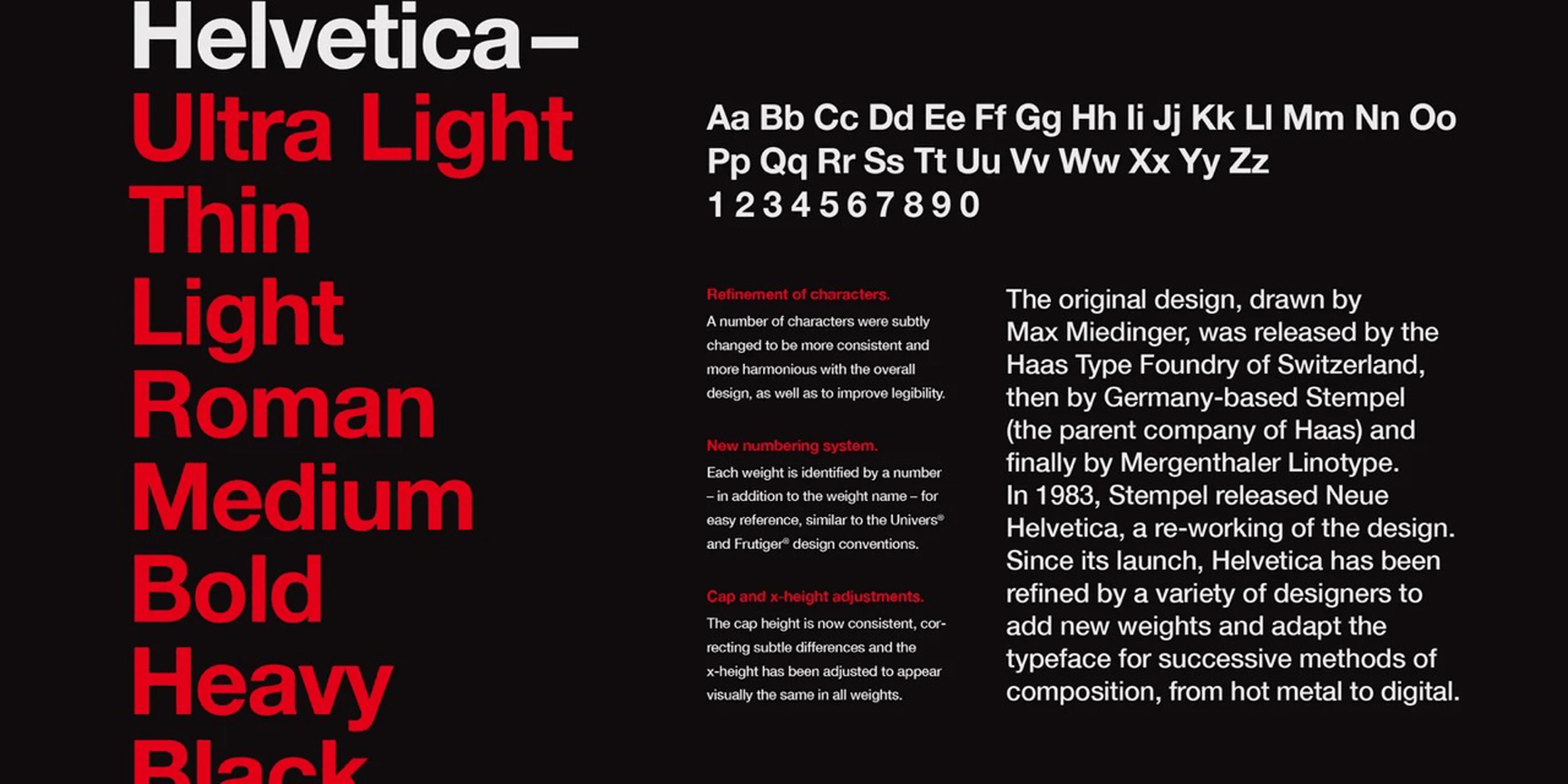
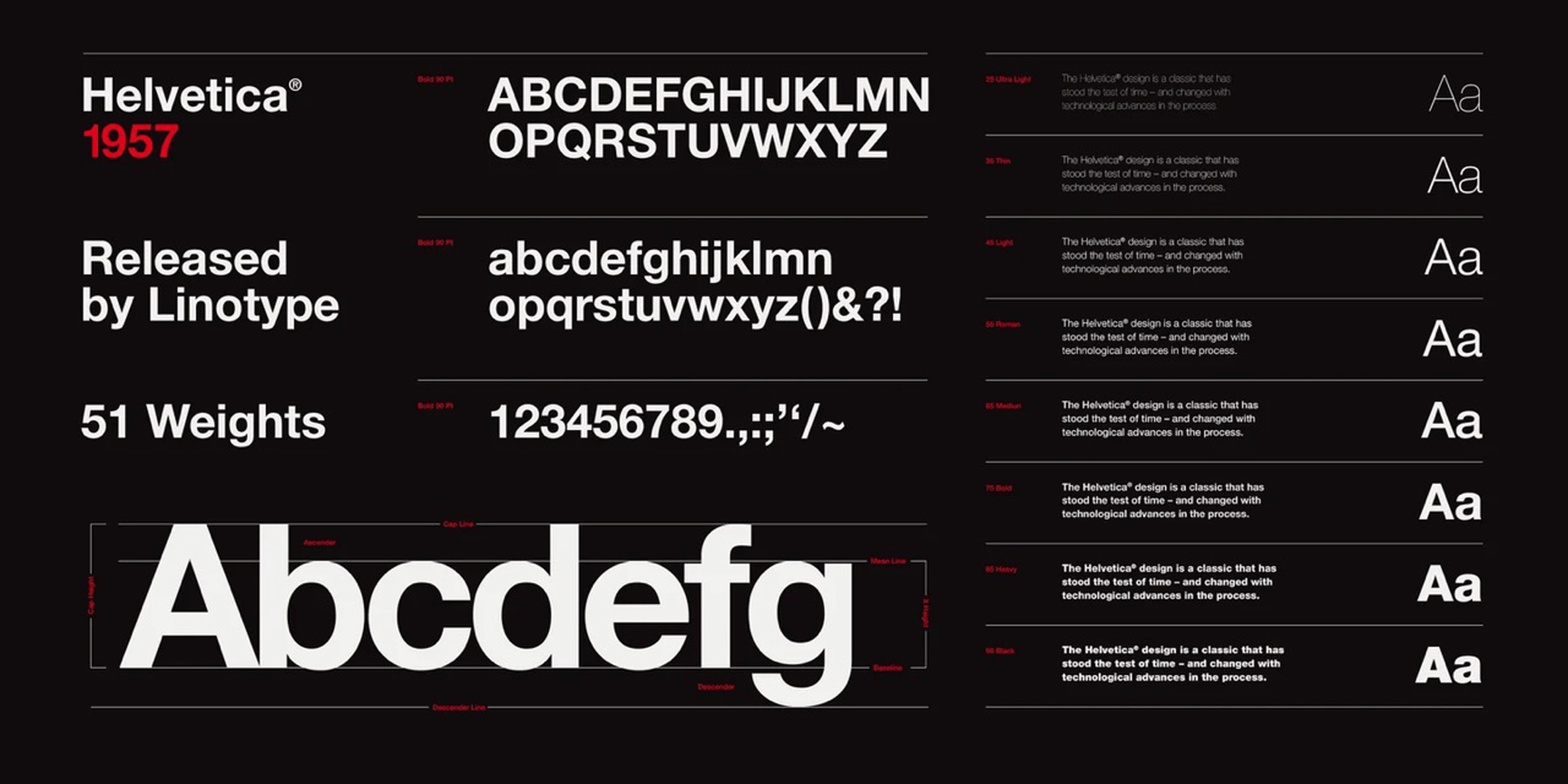
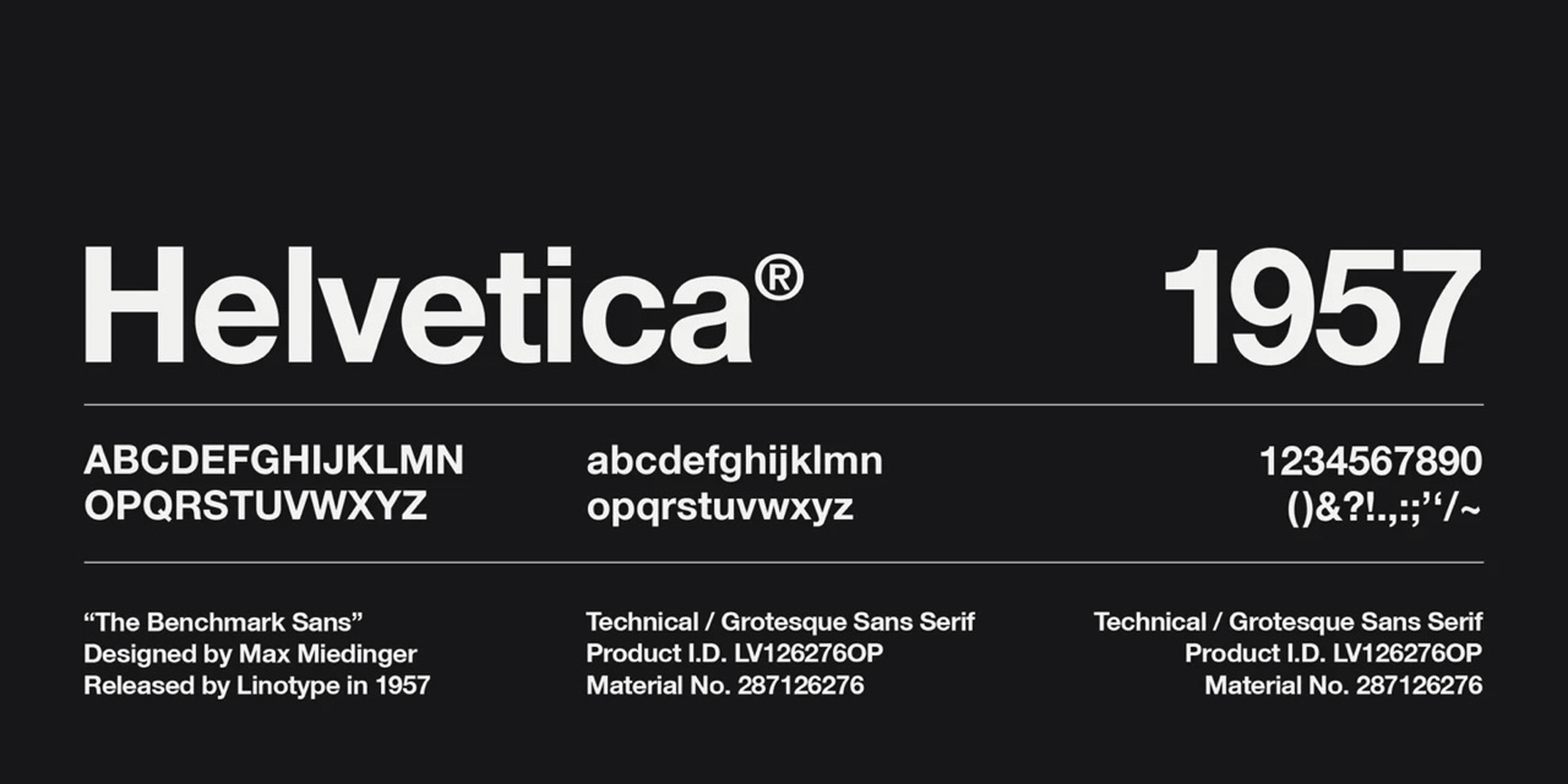

 This month all of our web design trends have a common theme – imagery. Whether it’s seasonal or just coincidence, there’s a shift in the styles and types of images on many designs right now. One thing that might push these design trends is a relaxation of COVID-spurred rules worldwide or even fatigue from the pandemic.
This month all of our web design trends have a common theme – imagery. Whether it’s seasonal or just coincidence, there’s a shift in the styles and types of images on many designs right now. One thing that might push these design trends is a relaxation of COVID-spurred rules worldwide or even fatigue from the pandemic.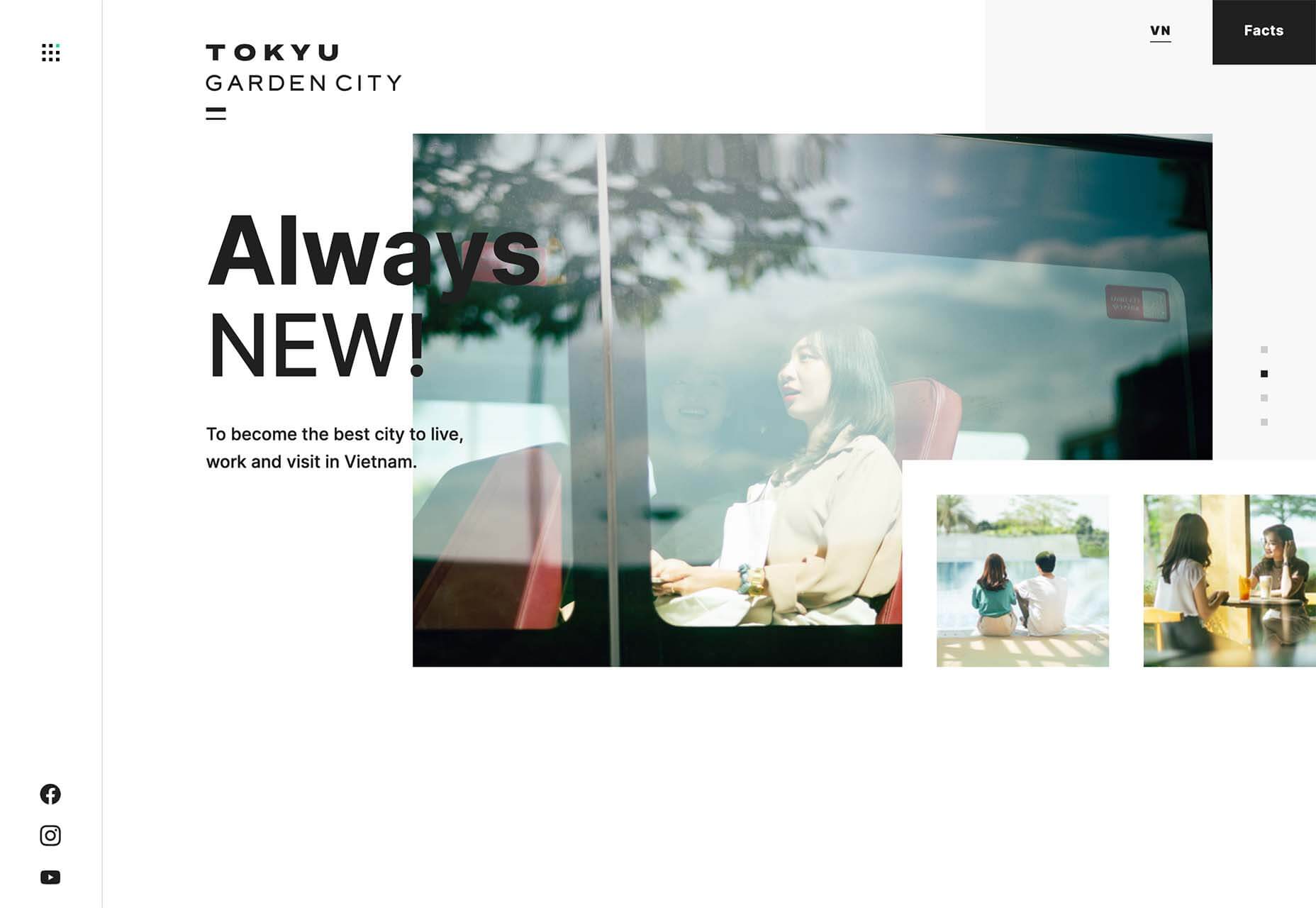
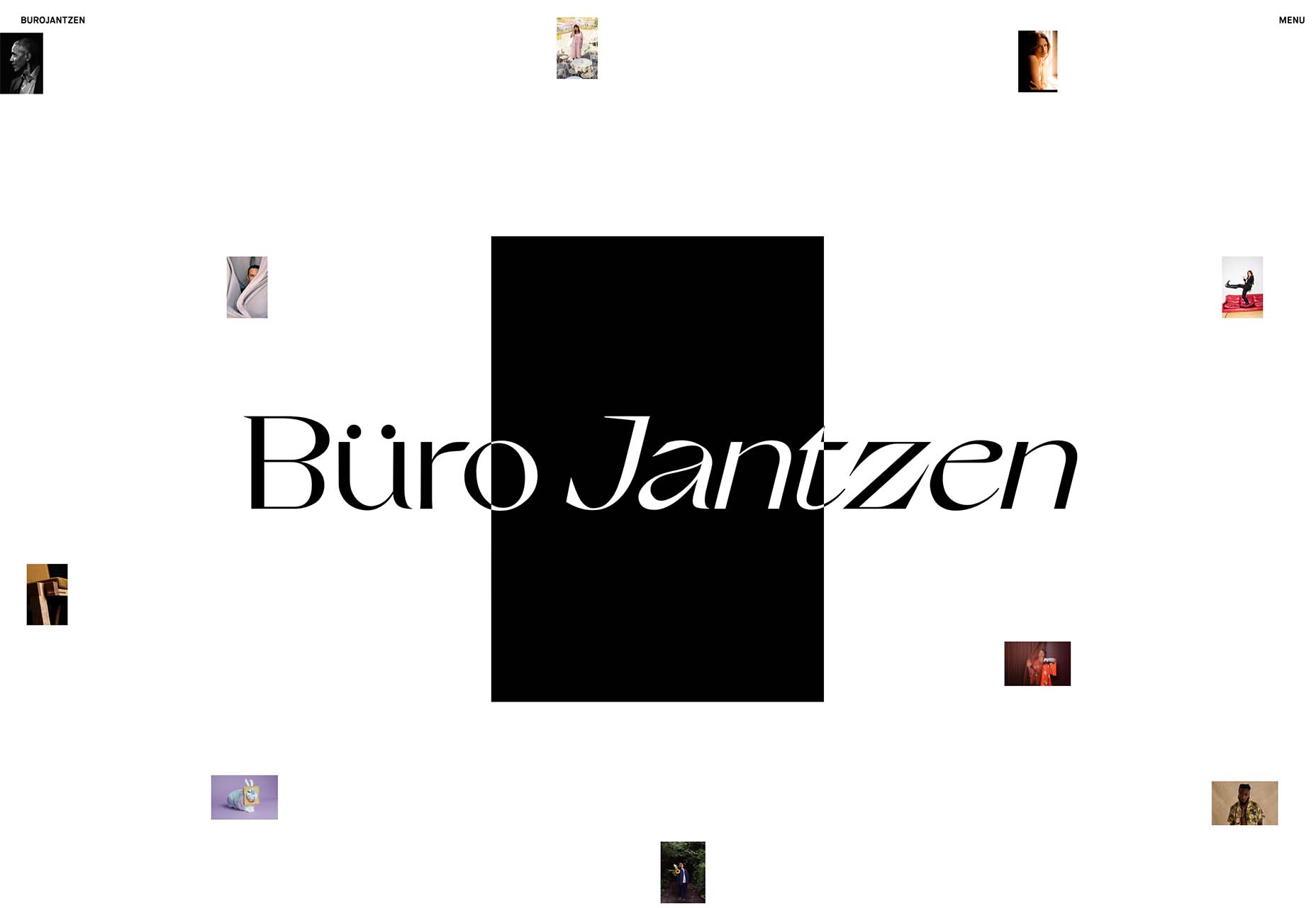

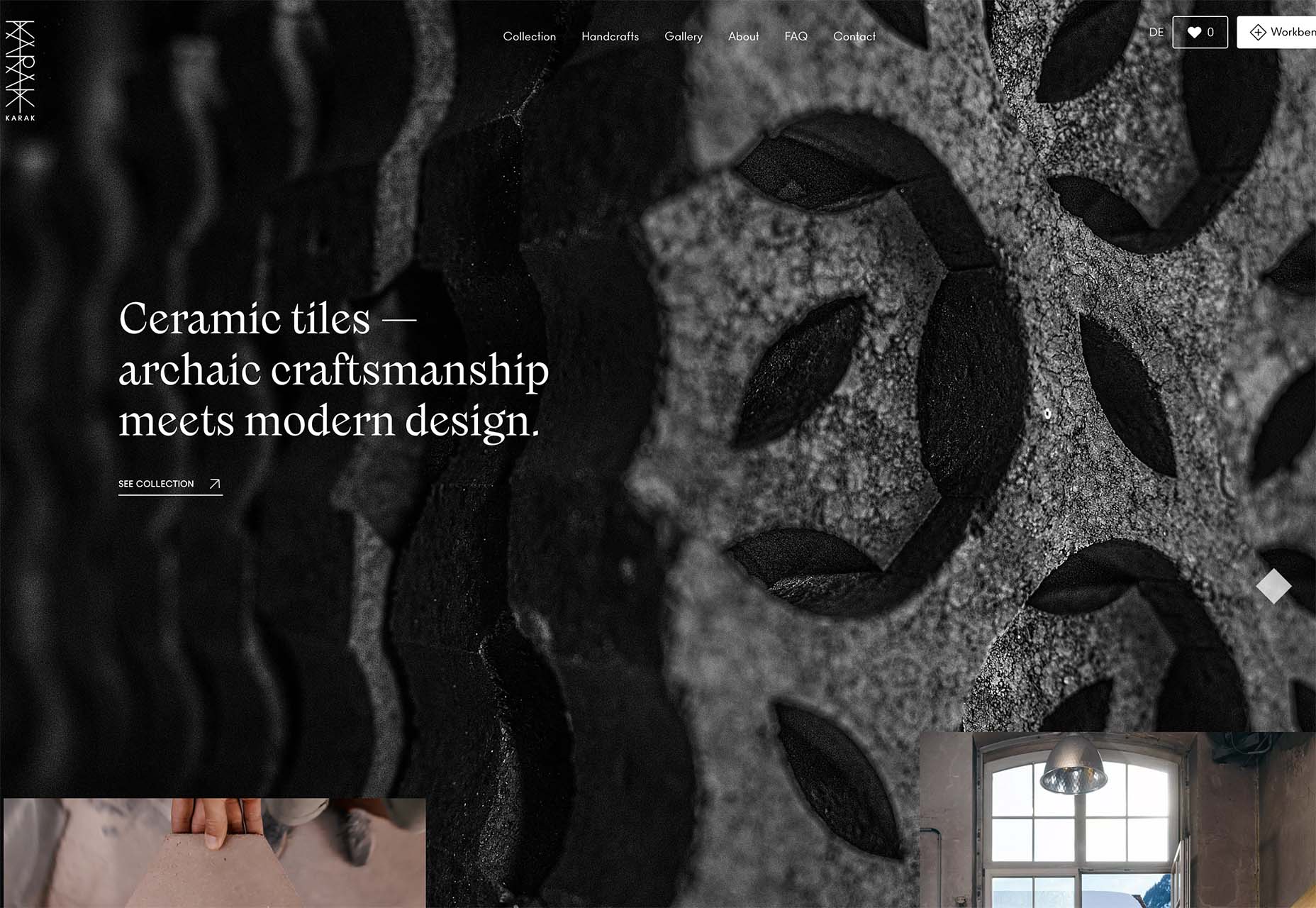

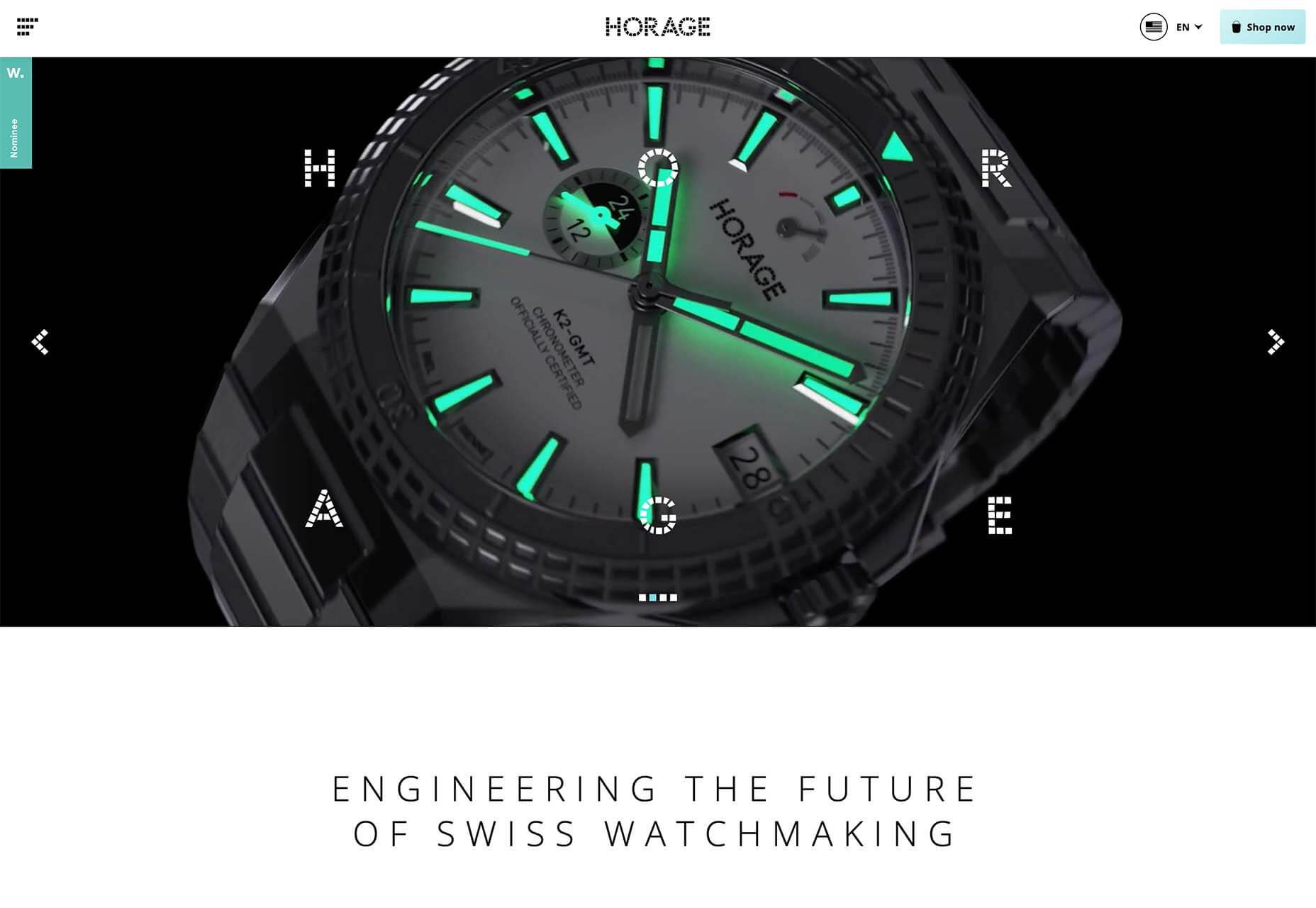
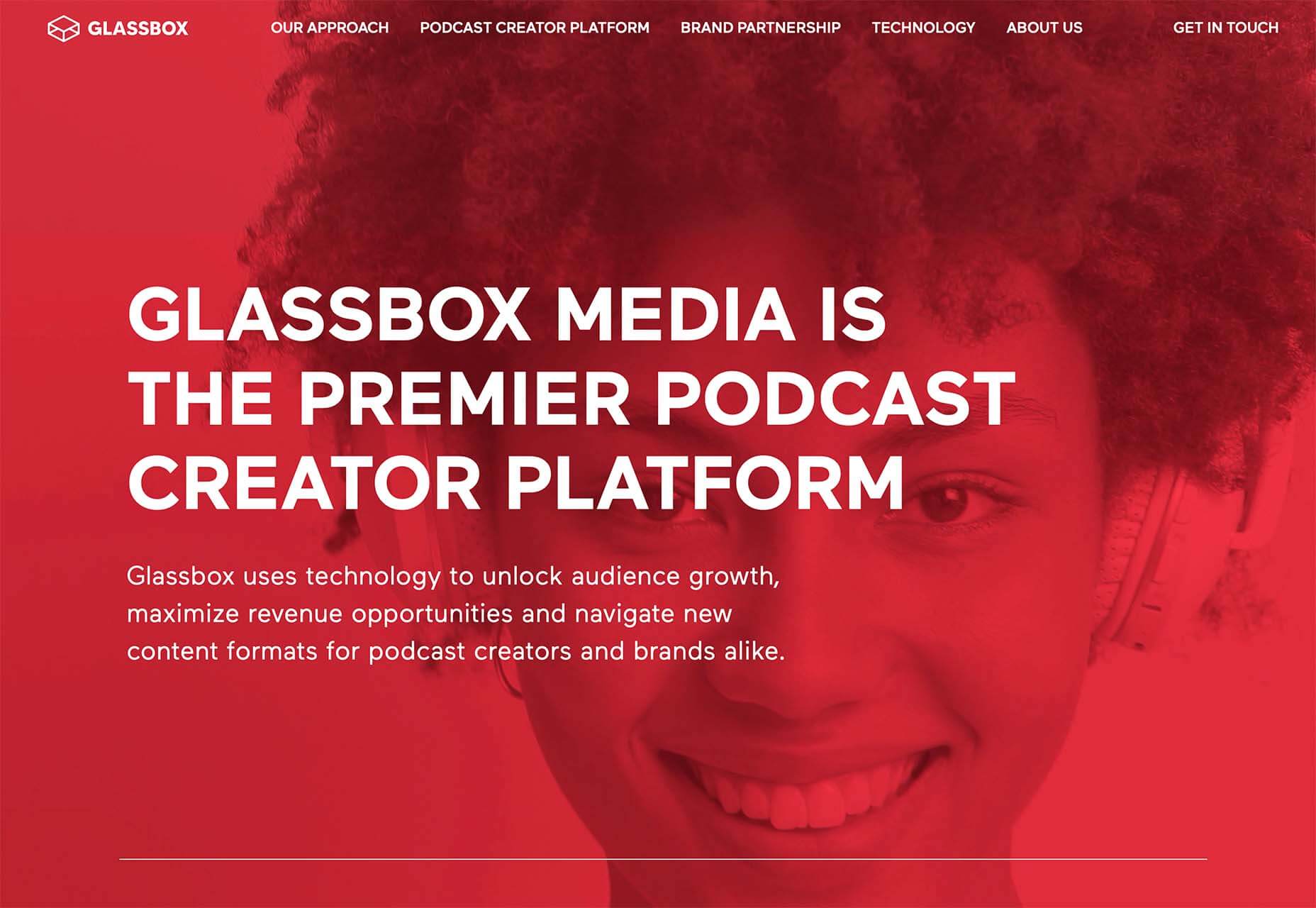
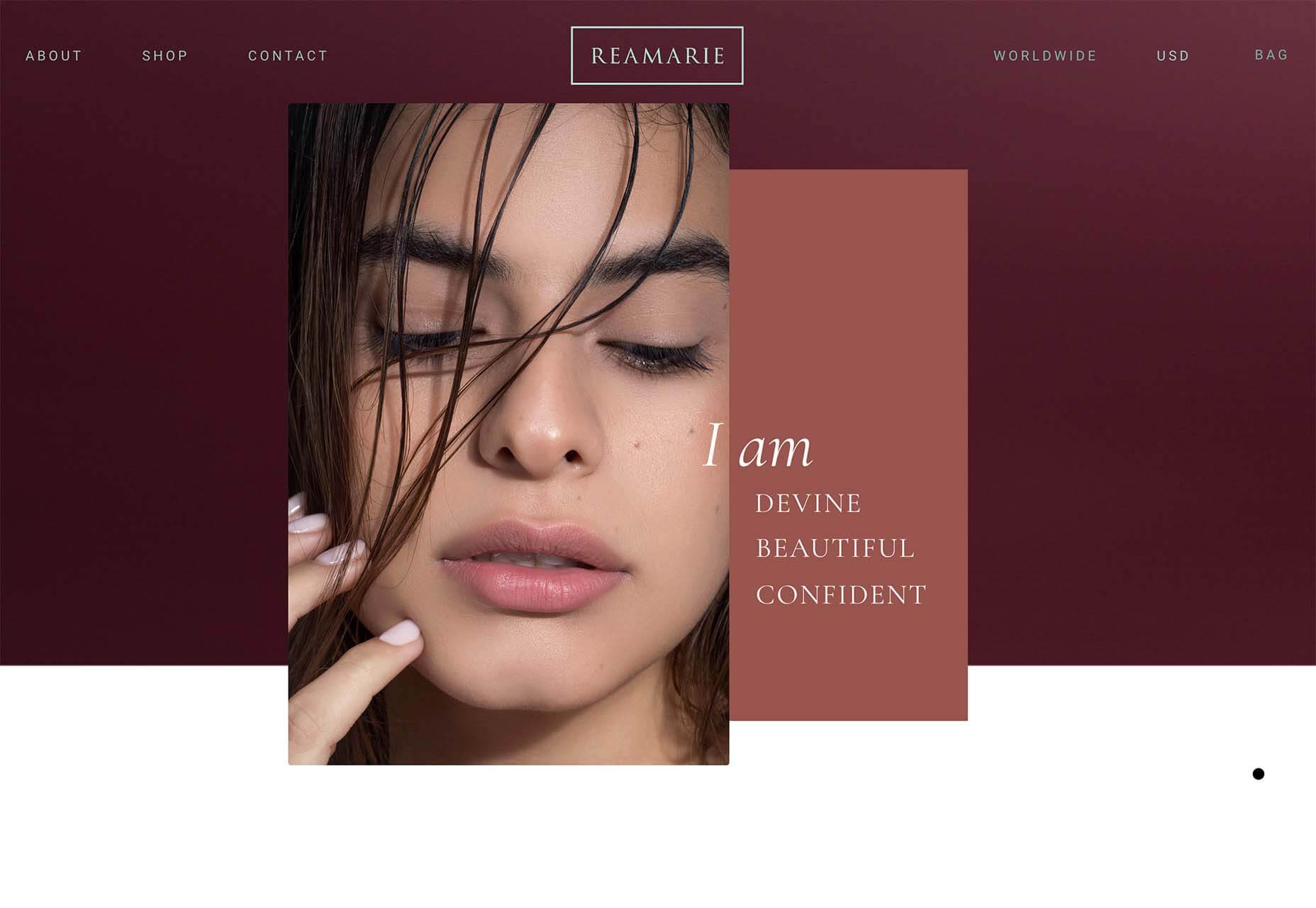

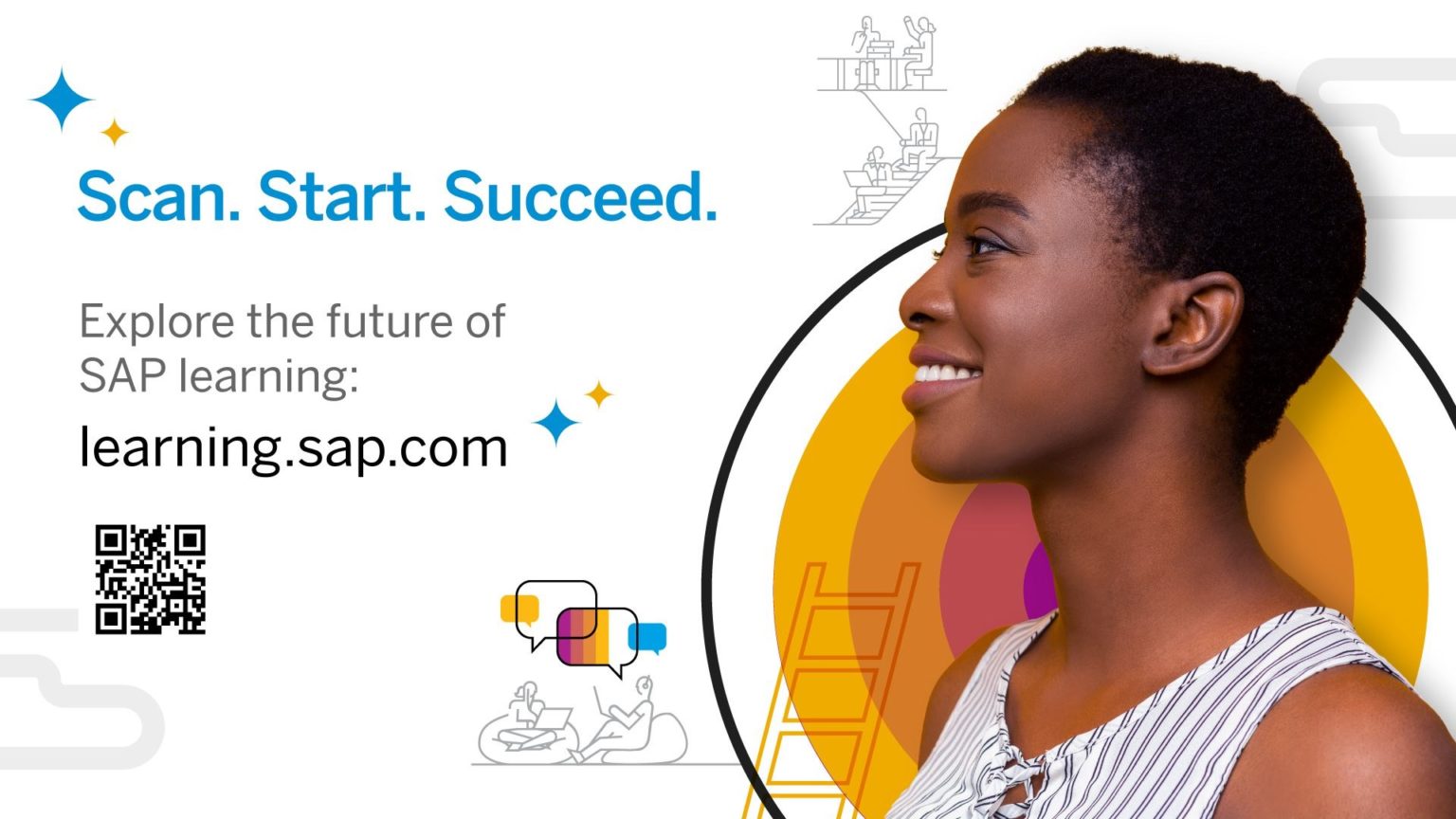

 We’re going to have some fun this month. There are so many new tools and resources out there for designers that make life easier, and others are simply enjoyable.
We’re going to have some fun this month. There are so many new tools and resources out there for designers that make life easier, and others are simply enjoyable.



















 Picture a dark office, blinds drawn. Picture a UX designer smoking a cigar. See the light filtered through the smoke whipped to fog by a spinning ceiling fan. Watch as the UX designer sits at a desk and considers the website.
Picture a dark office, blinds drawn. Picture a UX designer smoking a cigar. See the light filtered through the smoke whipped to fog by a spinning ceiling fan. Watch as the UX designer sits at a desk and considers the website.